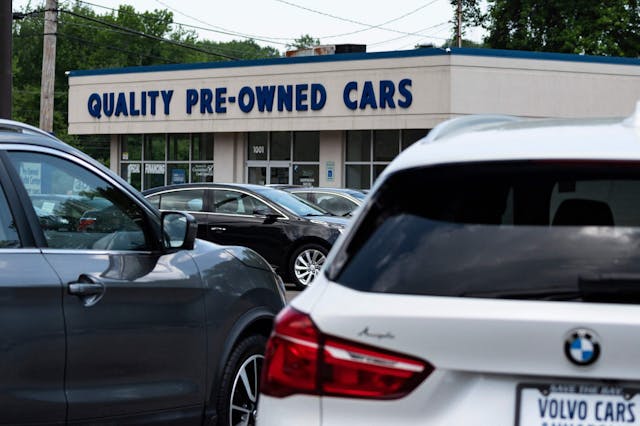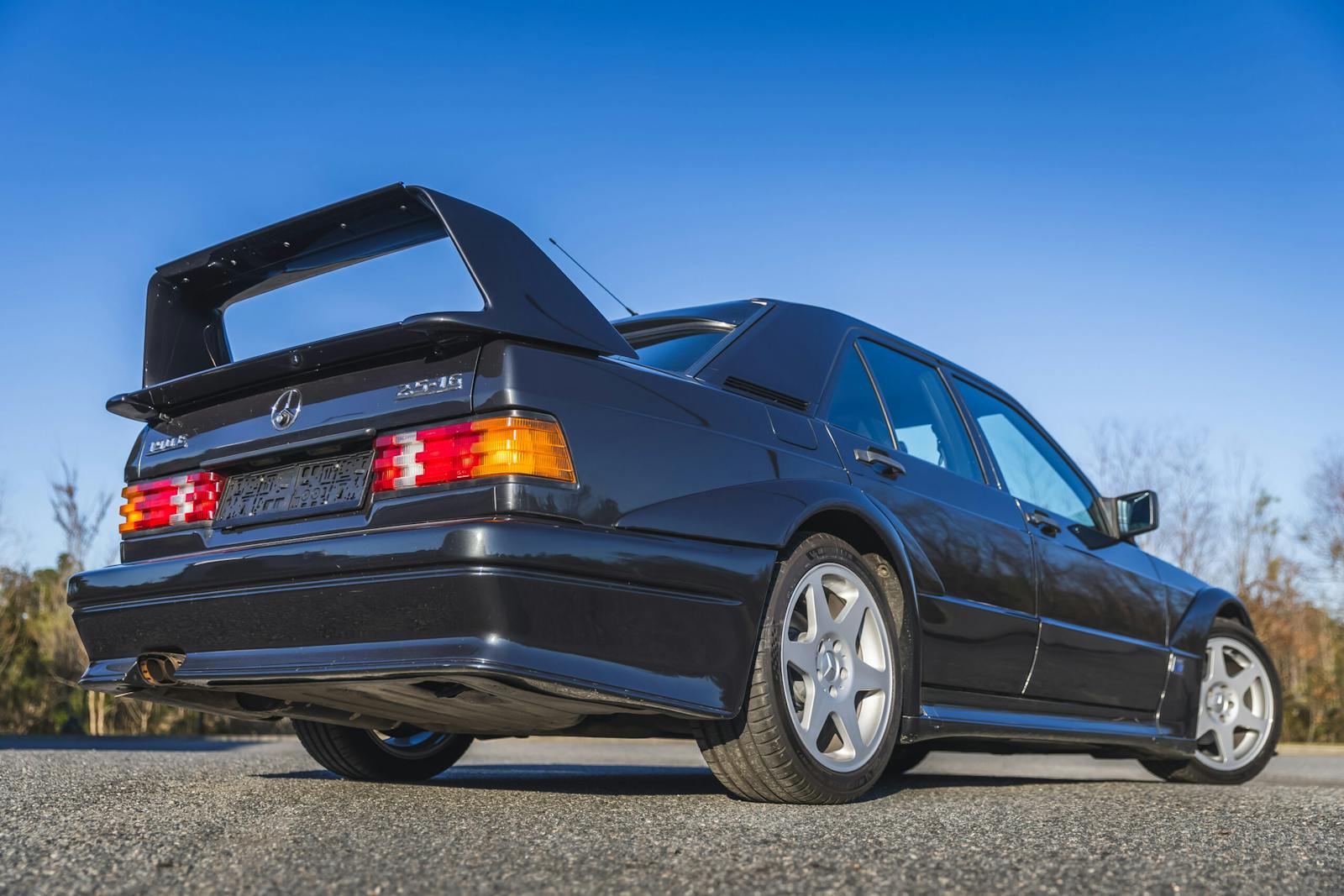The collector car market is hot, but the used car market is even hotter.
With supply constrained by already-sold-rental cars and demand from consumers unable to buy new vehicles without the necessary semiconductor chips, used car prices are up. Like, way up. Used car prices increased 21 percent year-over-year in April. In fact, used cars and trucks had the largest increase among all sectors in the consumer price index.
It’s also markedly larger than the 10.3 percent year-over-year increase in classic car values that we observed in the May 2021 edition of the Hagerty Price Guide. Of course, 10.3 percent is nothing to sneeze at—it’s the third-largest year-over-year increase since the guide was launched in 2006 and the first double-digit increase in a decade. Yet it is also only half that of the used car market. No way to sugarcoat it: The collector car market is underperforming relative to the market for used cars. Does that mean collector cars are worse investments than used cars?
Not likely. Collector cars and new and used cars rarely overlap in utility and demand—people buy Chevrolet Corvettes for entirely different reasons than they buy Luminas. But the markets might be closer than expected, and the spike in the used car values might be part of what’s supercharging the classic car market. Here’s why:
The first part of the connection is due to something called anchoring. Let’s say an enthusiast bought a used Corvette five years ago for $10,000. Ask them what price that same Corvette is today, and they’ll probably remember the $10,000 amount. Sure, it might be a bit more or less, but it will probably be closer to $10,000 than $50,000. Note that this is in nominal terms and not real (inflation-adjusted) terms.
Now, instead, say that same enthusiast heard first-gen Blazers are hot. They’ve never owned one before, though. Let’s also pretend they just shopped for a 2021 Chevrolet Tahoe; MSRP somewhere between $50,000 and $70,000. Suddenly, a 1970 Chevrolet K5 Blazer CST with a 350 cid V-8 in excellent condition at $67,000 seems entirely reasonable.
Consequently, anchoring on new and used car values, especially for vintage trucks and SUVs, suggests that enthusiast vehicle appreciation should track (nominal) appreciation of new cars and used cars.
The average (nominal) price of new cars and trucks in the U.S. has almost quintupled in the past forty years.
Anchoring also helps explain why values in mature sectors of the collector car market don’t change much, whereas up-and-coming sectors (trucks, 1980s and 1990s vehicles, and JDM cars, etc) that don’t have the same anchors change more quickly.
The second concept to keep in mind is substitution. No, enthusiast vehicles don’t have the same utility as new or used cars, but it might not matter for some people looking for a third or fourth vehicle. A 1970 Blazer in excellent condition might be a good substitute for a new Tahoe. A late-model example in the used car market would be a similar substitute at a lower price point.
Based on the Hagerty Price Guide, the number of vehicle generations with an average condition #3 (good) value less than the average MSRP for new cars and trucks remains fairly consistent.
That suggests that the overall collector car market follows new and used car market values; it neither gets too far ahead, nor too far behind.
So, the market for collector cars isn’t worse than the market for new and used cars, but understanding how perceptions in one affect the other helps set expectations about future appreciation.


